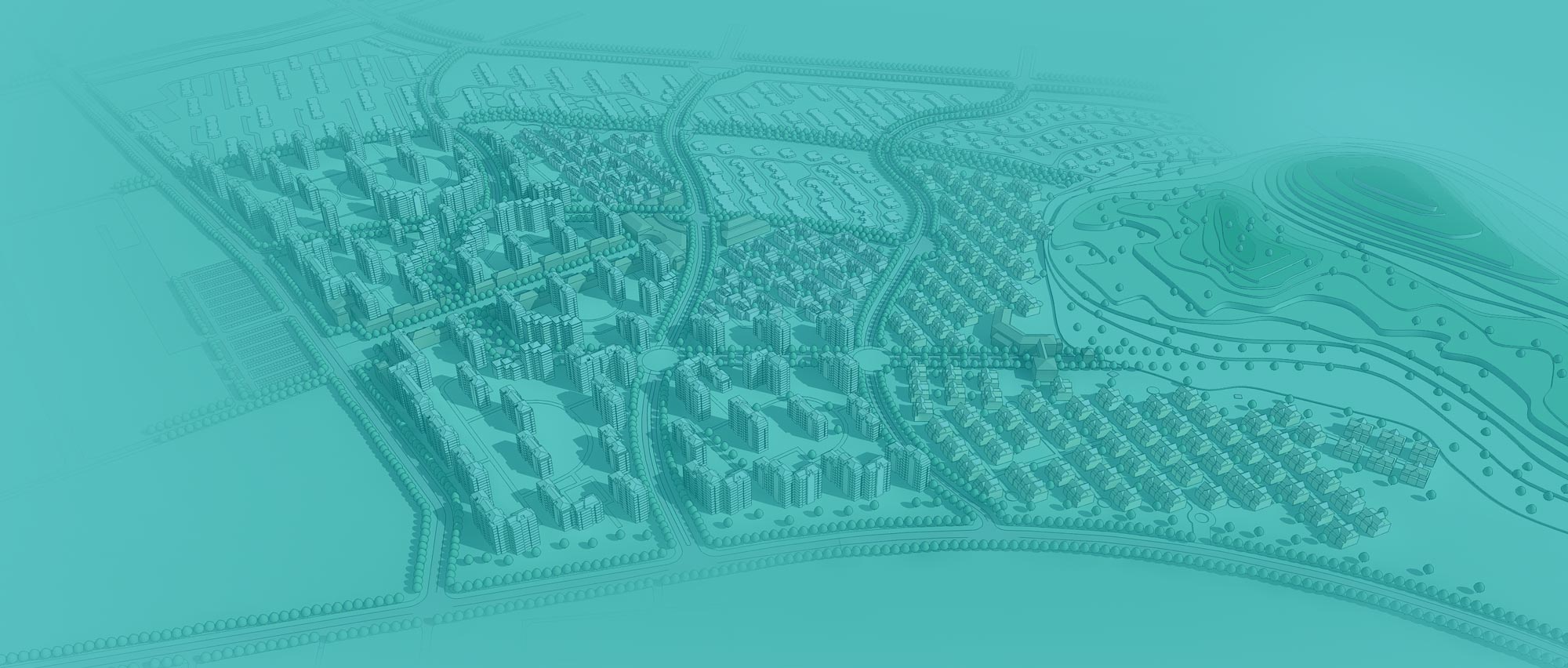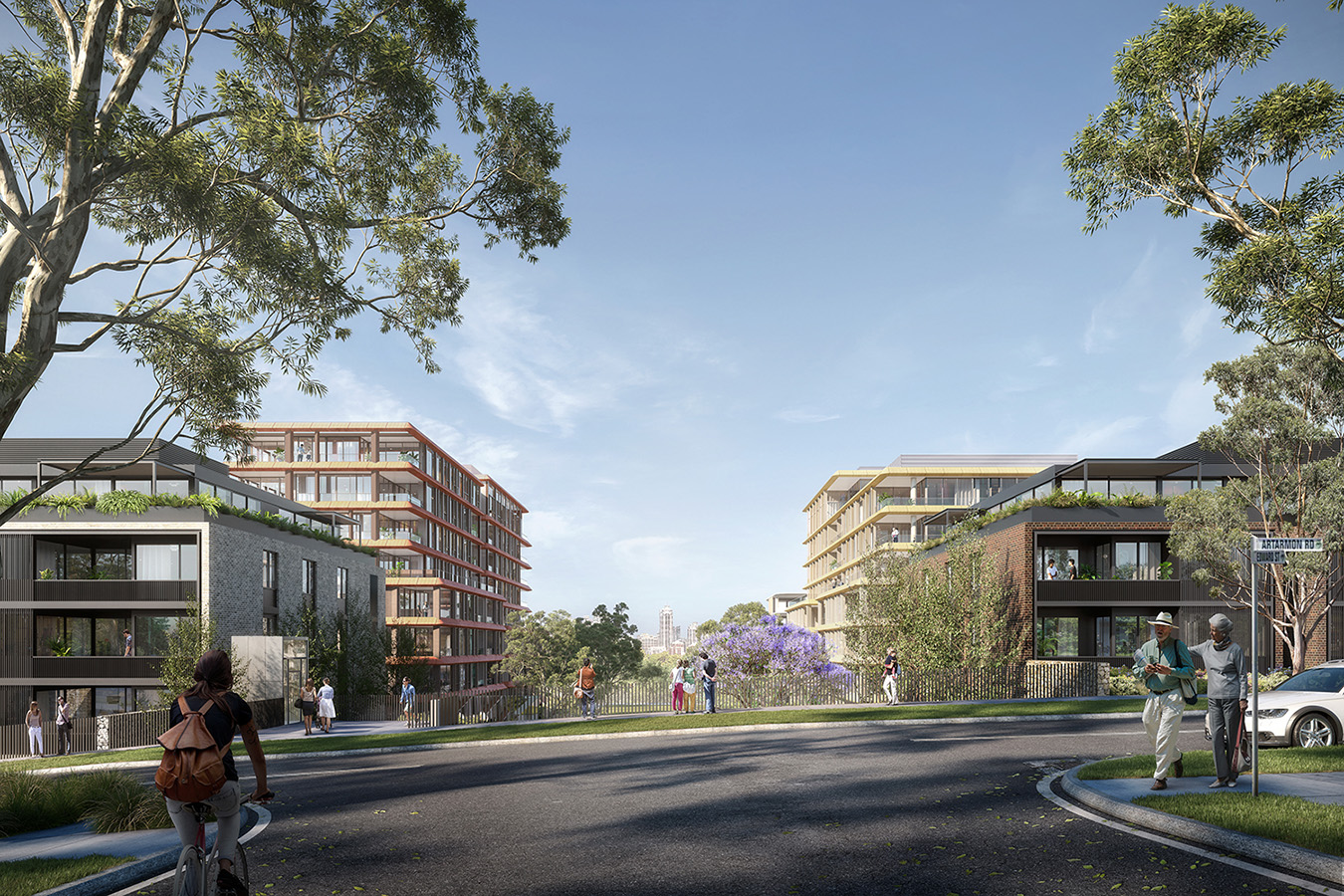
I often ponder about the future of our industry and where technology will lead us and indeed, where will we lead technology. Is technology challenging the equilibrium when it comes to a full-service offering in the engineering industry? Some would say yes if our lives today are anything to go by.
Technology in the 21st century can make our lives a lot easier. New tools are coming out in a rapid speed and it’s interesting to see how technology companies like Google may become our competitors in the not so distant future. While technology allows us to provide clients with a more innovative service, clients still require traditional engineering expertise and people to bring technology to life, as we know what our client struggles with in their daily work.
There is more to our industry, and many other industries, than technology alone. You cannot put a monetary figure on relationships and human interaction when dealing with clients and stakeholders. It’s also about having the right people in the right roles – the person who understands the software and how to use and manipulate it, the client liaison, and the technical consultants. When technology and technical industry expertise work in tandem – that’s where you find ‘the sweet spot’.
I believe in people-powered technology, one cannot go without the other. One of the exciting technological innovations impacting our industry is Building Information Modelling (BIM). This technology can be used from the early design process through to construction, and beyond. The potential of BIM tools to virtually design, construct, and verify our buildings and infrastructures are truly exciting. Five or ten years ago this type of software wasn’t something that you’d see big companies using mainstream (small early adopters or researchers aside), but now, more and more, it’s a requirement to survive and thrive internationally. But BIM doesn’t stand-alone… that’s why we always ask the question; what keeps our clients up at night? If you truly listen to your clients, you can put yourself in their headspace, add value, and remain meaningful as a company.
My area of expertise is BIM (process) and data analysis in our engineering domain. Clients consistently tell us that accessing the right data, or figuring out what to do with available data is problematic. Highly valuable information is often difficult to retrieve from core data records and gets lost along the life of a project. Resulting information loss is a costly issue, limiting the opportunities we have. When key information is lost, it is not possible to effectively manage assets along their lifecycle.
By using data Extraction, Transformation, and Loading (ETL) methods, our team has proven to deliver data successfully and support clients to retrieve meaningful information while doing so.
One of our current projects involves the verification of as-built CAD files and photos of numerous sites on a major water and sanitation programme, where the counter of as-built deliverables checked to date has passed 350. This verification process is a very repetitive task and it is often difficult to pick up all issues when verifying batches of CAD files and photos week after week.Our aim was to identify a more streamlined process to improve efficiencies for us as team, but more importantly for our client. This was achieved through the collaboration of our team of draughtsmen, GIS experts, and project managers who specified a standard specification for data delivery on the programme. Very much in line with BIM best-practice principles, this led to us designing and implementing checks and processes to verify data delivered against the specification using ETL methods.
As part of the implementation trajectory we participated in workshops to discuss and improve our specification with the service providers responsible for as-built delivery. This aided them to thoroughly understand the requirements and deliver as per standard, it also gave us the opportunity to learn from their detailed understanding of the construction sites.
Now, we deliver the data in a geodatabase, the most convenient format for our client. The result has been an increase in efficiency and – more importantly – a guaranteed quality of data that our client can trust.
Another recent project, involving extensive storm water pipe inspection data is a perfect example of what is possible when you correctly apply the latest technologies.
Specialist inspection companies used cameras mounted on robots to travel through kilometres of our client’s water pipe network. This took place on many projects targeted at smaller parts of the network. Each project provides detailed photos and video to assess the structural condition of the stormwater pipes. While this can generate an excellent insight into sections of the pipe network and provide valuable advice for maintenance and repair, it was deemed too expensive and complex to process the data of all individual projects for holistic use in asset management. Again, information was lost.
Our goal for this project was to load the terabytes of data into the clients’ infrastructure asset management system and deliver customised data-driven reports and statistics tailored to our client’s business needs. Initially stored in numerous files and databases, now the data is cross-checked, transformed and available to our client. This allows our client to manage their network at an integrated, global level while also being able to access key details like the condition of specific segments or look at photos of inside of a specific pipe.
While this all sounds like an impressive technical exercise, for me the key is to always keep in mind that technology cannot work in isolation. It’s worth very little if we don’t forge quality client relationships and understand our clients exact requirements and know how we can manipulate technology to solve their problems. That’s what sets SMEC apart. We have the technical nous, practical skills and customer relations, that when combined, deliver the results our clients need and should expect.
As technology advances, we have no choice but to ride the wave of possibilities for our clients, or be left behind. Keeping up with new developments, and making sure you have the right people on your teams will make change, innovation and new tech less daunting. If we are not pushing the boundaries and challenging ourselves on each and every project, then we are not doing our jobs.
Related
insights
 Digital Convergence: a new source of reliability for the construction market sector
Digital Convergence: a new source of reliability for the construction market sector
Digital technologies are bursting through in a renewed convergence for the fourth industrial revolution. A mixture that is more than the combination of Information technologies, telecommunication, consumer electronics, and entertainment. It is an amalgamation where the lines are blurred between man and machine. A paradigm shift that maximises connections of human creativity with new experiences, new solutions and above all, a new source of reliability.
 "Break down the barriers through the quality of your contribution"
"Break down the barriers through the quality of your contribution"
SMEC Senior Programmer Mobina Zafar was named Young Female Professional of the Year at the Surbana Jurong (SJ) International Awards held in Brisbane, Australia in December 2018.






